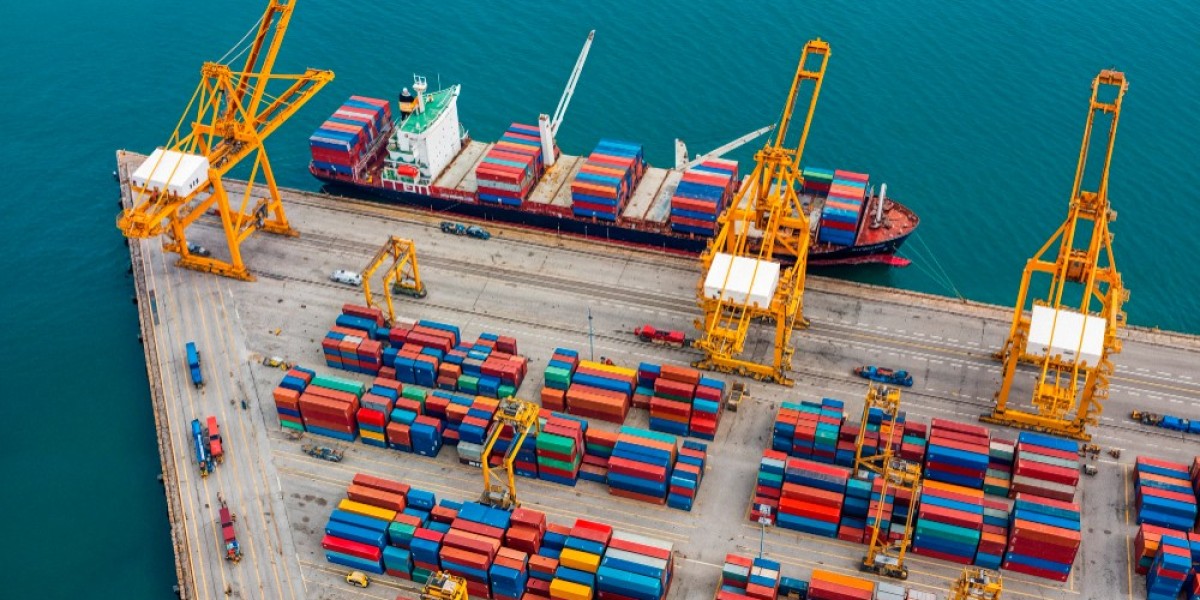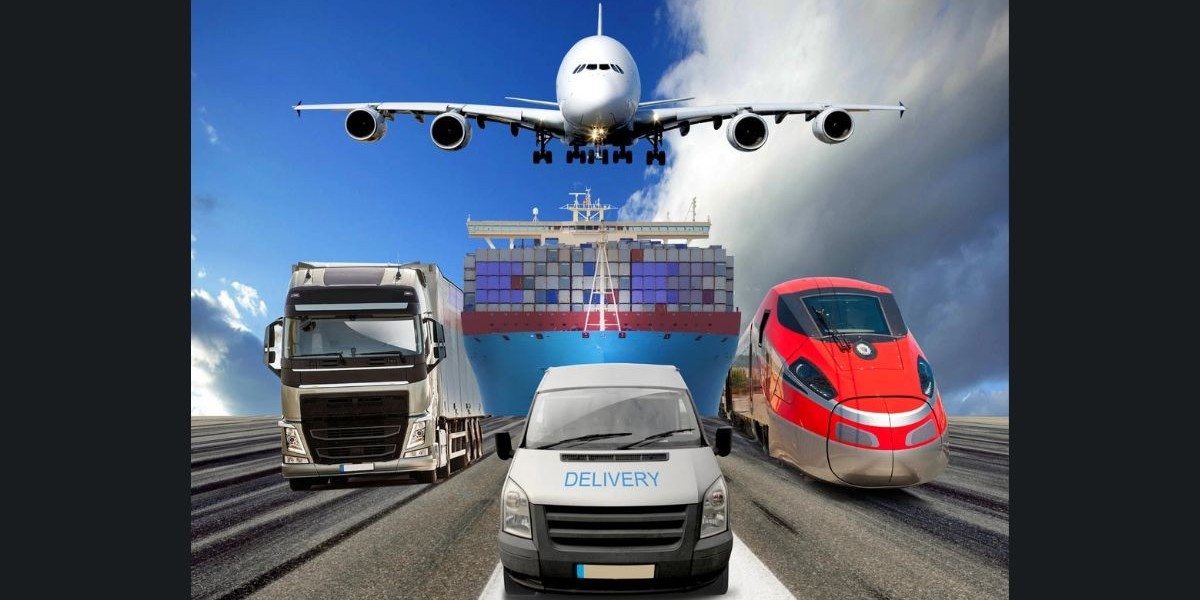In a world driven by international trade, sea freight remains one of the most reliable, cost-effective, and scalable methods for transporting goods across continents. Despite advances in air and rail transport, over 80% of the world's trade by volume still travels by sea.
This blog dives into what sea freight is, how it works, and why it continues to play a vital role in global logistics.
What Is Sea Freight?
Sea freight, also known as ocean freight, is the process of transporting goods via cargo ships over oceans and seas. It involves loading goods into containers, securing them on vessels, and shipping them between international ports.
It's the preferred option for:
Bulk commodities (oil, coal, grain)
Large or heavy items (machinery, vehicles)
High-volume commercial goods (electronics, clothing, furniture)
Types of Sea Freight Services
FCL (Full Container Load)
You rent an entire container for your cargo—ideal for high-volume shipments.LCL (Less than Container Load)
You share container space with other shippers—suitable for smaller loads.Break Bulk Shipping
Goods are shipped without containers—used for oversized items like equipment or steel.Roll-on/Roll-off (RoRo)
Designed for wheeled cargo such as cars, trucks, and construction vehicles.Dry Bulk and Liquid Bulk
Specialized vessels transport loose cargo (like grains or oil) in large quantities.
Key Benefits of Sea Freight
Cost-Effective for Long Distances
Lower cost per unit compared to air freight, especially for heavy or bulky goods.High Volume Capacity
One ship can carry thousands of containers—perfect for large-scale operations.Global Reach
Sea routes connect almost every major economic region in the world.Environmentally Efficient
Lower carbon footprint per ton-kilometer than air transport.
Challenges of Sea Freight
Longer Transit Times
Sea freight is slower—usually several weeks depending on distance.Weather and Port Delays
Shipping can be affected by storms, port congestion, or labor strikes.Complex Documentation
International shipping involves customs, compliance paperwork, and insurance.Limited Flexibility
Fixed shipping schedules and slower delivery make it less ideal for time-sensitive goods.
Sea Freight vs. Air Freight: A Quick Comparison
| Feature | Sea Freight | Air Freight |
|---|---|---|
| Speed | Slower (7–45 days) | Faster (1–7 days) |
| Cost | Lower per unit | Higher overall |
| Capacity | Very high | Limited by aircraft size |
| Best For | Bulky, non-urgent shipments | Urgent or high-value goods |
Who Uses Sea Freight?
Importers/Exporters of raw materials or manufactured goods
E-commerce companies handling global fulfillment
Retail and manufacturing businesses with steady inventory cycles
Automotive, construction, and industrial sectors transporting large-scale cargo
The Future of Sea Freight
As global trade evolves, so does sea freight. Key developments include:
Green Shipping : Cleaner fuels, carbon offset programs, and eco-friendly vessels.
Digitalization : Real-time tracking, automated documentation, and AI-driven logistics.
Smart Ports : Advanced port automation to reduce delays and improve efficiency.
Conclusion
Sea freight continues to be a vital part of the global economy—offering an unbeatable combination of scale, affordability, and international reach. While it may not match air freight for speed, it dominates in capacity and cost-effectiveness, making it the preferred choice for businesses moving goods worldwide.






